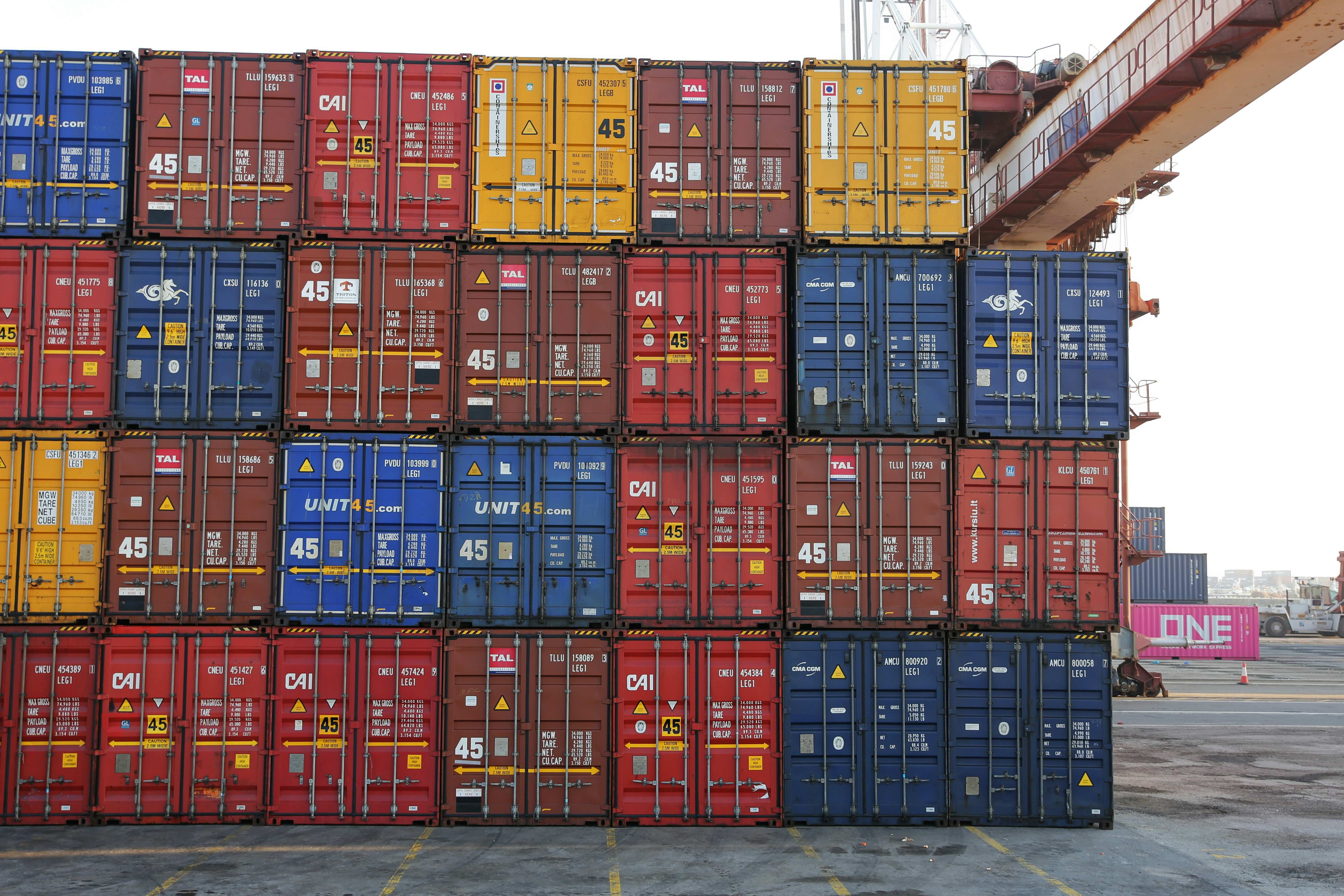Understanding Containerization
Learn the basics of containerization and docker. Understand why everyone is talking about it and how to start with your own container.
Learn the basics of containerization and docker. Understand why everyone is talking about it and how to start with your own container.

In the software world you will always have the problem that one machine is not equal to another machine. Even if two developers have the same computer. Suddenly one has a tool installed which the other one does not have or they have different versions of the tool. So creating a similar environment is hard. Now imagine having this problem on a server. Maybe one has 2 GB of RAM while the other has 4 GB of RAM. Suddenly there are more different factors that play a role in how you run a software.
That is why we have containers. Containers provide you with a reproducable environment. They all start with a base linux image, meaning its like a full operating system, just smaller.
You can use preexisting Dockerfiles or write your own. Here is a basic Dockerfile for serving some HTML files. This is more or less as simple as it gets.
FROM node:lts AS build
WORKDIR /app
COPY package.json ./
COPY yarn.lock ./
RUN yarn install
COPY . .
RUN yarn build
FROM nginx:alpine AS runtime
COPY ./nginx/nginx.conf /etc/nginx/nginx.conf
COPY --from=build /app/dist /usr/share/nginx/html
EXPOSE 8080
Lets get down to it:
FROM node:lts AS build
WORKDIR /app
COPY Command
RUN Command
yarn build, you would do the same with run.EXPOSE Command